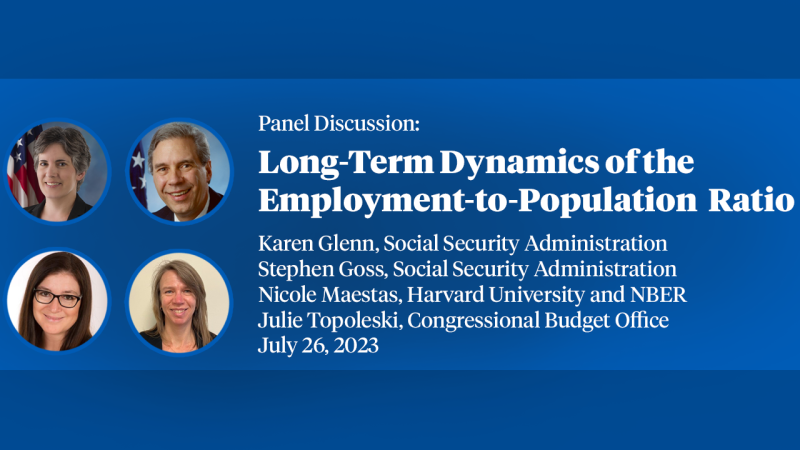Financial Fragility and Economic Performance
Applied macroeconomists (e.g., Eckstein and Sinai (1986)) have stressed the role of financial variables, such as firm balance sheet positions, in the determination of investment spending and output. Our paper presents a formal analysis of this link. We develop a model of the process of investment finance in which there is asymmetric information between borrowers and lenders about the quality of investment projects and about the borrower's effort. In this model, the cost of external investment finance under the optimal contract is higher, the worse the borrower's balance sheet position (i.e., the lower his net worth). In general equilibrium, the lower is borrower net worth, the further the number of projects initiated and the average quality of undertaken projects will be from the unconstrained first-best. We characterize a "financially fragile" situation as one in which balance sheets are so weak that the economy experiences substantial underinvestment, misallocation of investment resources, and possibly even a complete investment collapse. Our policy analysis suggests that, under some circumstances, government "bailouts" of insolvent debtors may be a reasonable alternative in periods of extreme financial fragility.
Published Versions
Quarterly Journal of Economics, Vol. 105, No. 1, pp. 87-114, February 1990. citation courtesy of ![]()


